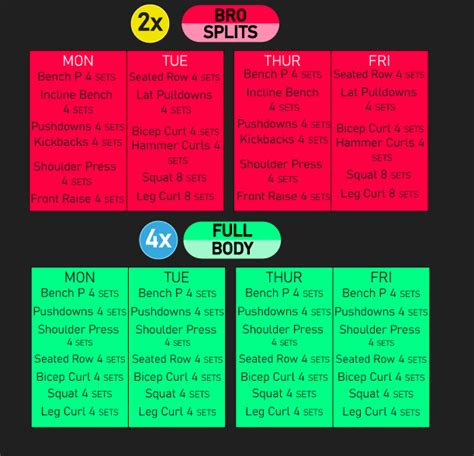How to integrate mobility for peak strength and injury prevention?

Unlock Your Potential: The Power of Integrated Mobility
In the pursuit of peak strength and athletic performance, many lifters and athletes often overlook a critical component: mobility. While raw power and muscle mass are vital, without adequate joint range of motion and control, you’re not only leaving gains on the table but also dramatically increasing your susceptibility to injuries. Mobility isn’t just about touching your toes; it’s about owning your body’s full movement capabilities, a foundation upon which true strength and resilience are built.

Mobility vs. Flexibility: Understanding the Difference
Before diving into integration strategies, it’s essential to distinguish between mobility and flexibility. Flexibility refers to the passive range of motion around a joint – how far you can stretch a muscle. Mobility, on the other hand, is the active range of motion; it’s your ability to move a joint through its full potential range with control and strength. You can be flexible but lack mobility if you can’t actively move into those deep ranges. True functional strength requires both, with mobility being the more actionable and performance-enhancing element.
The Dual Benefits: Strength Enhancement and Injury Prevention
Strength Enhancement
When your joints have optimal mobility, your body can access stronger, more efficient movement patterns. Imagine a deep squat: if your ankles and hips lack mobility, your squat depth will be compromised, limiting the engagement of key muscle groups like the glutes and hamstrings. By improving mobility, you enable your body to achieve positions that allow for greater muscle recruitment, leading to heavier lifts and more explosive power. It’s like clearing roadblocks so your strength can flow freely.

Injury Prevention
Perhaps even more critical, robust mobility acts as a powerful shield against injury. Limited mobility forces your body to compensate, placing undue stress on joints, ligaments, and tendons that aren’t designed to bear it. For example, poor shoulder mobility can lead to impingement during overhead presses, while tight hips can strain your lower back during deadlifts. By improving mobility, you reduce compensatory patterns, distribute forces more evenly, and maintain healthier, more resilient joints.

Integrating Mobility Into Your Training Routine
Making mobility a consistent part of your regimen doesn’t require hours; even short, targeted efforts can yield significant results.
- Dynamic Warm-ups (Pre-Workout): Instead of static stretches, focus on dynamic movements that prepare your joints and muscles for the work ahead. Examples include leg swings, arm circles, cat-cows, thoracic rotations, and hip CARs (Controlled Articular Rotations). These movements increase blood flow, activate muscles, and gently take joints through their full range of motion.
- Targeted Mobility Drills (During Workout): If you notice a specific limitation during an exercise (e.g., tight hips during squats), take a minute or two between sets to perform a targeted mobility drill for that area.
- Dedicated Mobility Sessions (Post-Workout or Off-Days): Consider 10-20 minute sessions focusing solely on addressing your mobility weaknesses. These can involve longer holds in end-range positions, PNF stretching, or using tools like foam rollers and lacrosse balls.
- Movement Snacks (Throughout the Day): Take short breaks from sitting to perform simple movements like standing up, reaching overhead, or gentle spinal twists. Consistency is key.

Key Mobility Areas to Focus On
While every individual has unique needs, some areas commonly restrict performance and lead to injury:
- Ankle Mobility: Crucial for squats, lunges, and athletic movements.
- Hip Mobility: Impacts nearly all lower body and core movements.
- Thoracic Spine Mobility: Essential for overhead movements, rotational power, and preventing lower back compensation.
- Shoulder Mobility: Vital for presses, pulls, and maintaining shoulder health.
By regularly addressing these areas, you’ll create a more robust and adaptable body.

Conclusion
Integrating mobility work isn’t a luxury; it’s a necessity for anyone serious about long-term strength gains, injury prevention, and overall physical well-being. By actively improving your range of motion and control, you’re not just moving better – you’re building a stronger, more resilient foundation for all your fitness endeavors. Make mobility a priority, and watch your strength unlock and your injury risks diminish.







